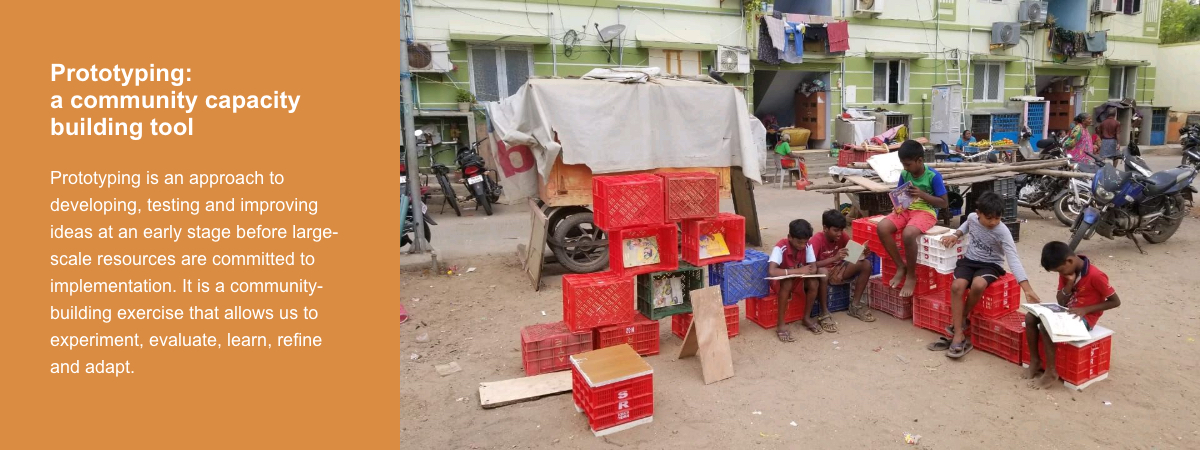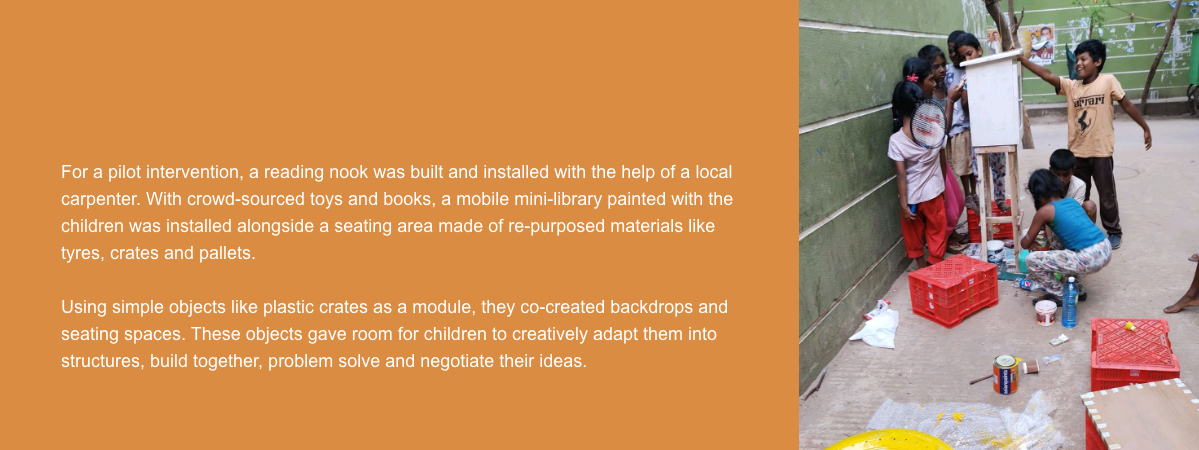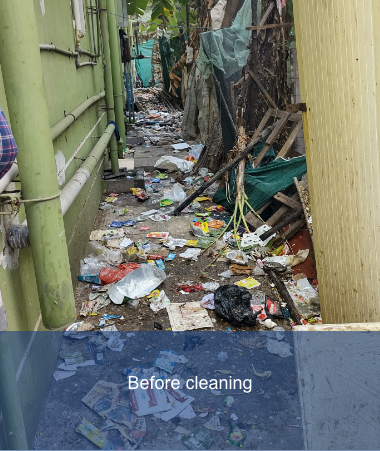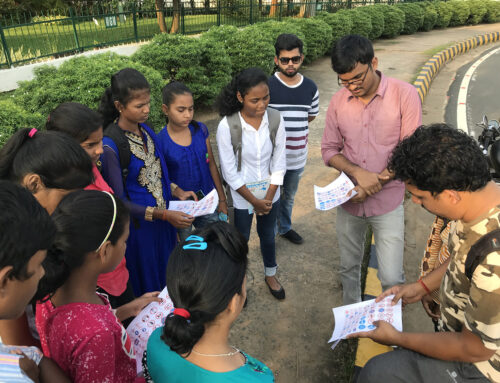Chennai Children have their day!
Design For, With and By Children – 1
Play is a vital aspect of children’s cognitive development and learning; however, the spatial constraints of a neighbourhood may limit access to children’s mobility and creative learning through play, particularly for girls.
Due to the pandemic, schools were not functioning and the beaches where children usually play were also shut. Identifying the need to revamp the neighbourhood, Dhanya Rajagopal from PLUS contributed to working with the community of Ayodhya Kuppam Tsunami Resettlement area in Chennai, as a part of the Cities for Play initiative. The initiative was started by Urban Design Collaborative (UDC) with support from the Tamil Nadu Slum Clearance Board in early 2020.
With an intention to make healthy, inspiring and playful surroundings for children, the process encouraged the children to participate in a series of engaging activities.
Bringing the community together, getting more adults to learn about the Cities for Play initiative and involving them in the visioning, design and implementation processes was one of the primary goals of this event. Maps and ideas for designing safe and nurturing urban environments for children were prepared by UDC. These were presented to the community to support a walking tour around open areas and alleys. It was also a way to understand and prioritise spaces that needed immediate improvements. Article Sponsored Find something for everyone in our collection of colourful, bright and stylish socks. Buy individually or in bundles to add color to your drawer!
By teaching children as young as nine to help with building, painting, and creating, it was possible to invest more in both individual skill and community assets. Through this, another objective of demonstrating ways in which simple yet lasting design elements can be created by children and local resources was achieved. As a part of this community capacity-building process, an Asset-based Community Development process was adopted with long-term stewardship models and spatial improvements that would benefit the overall safety and usability of the neighbourhood for all.
The first phase ended with an event to get more people aware and involved and see what their priority for community well being is. To implement the insights in selected areas for the upcoming phase two, Urban Design Collective (UDC) and PLUS will be collectively working with the community of Ayodhya Nagar.


















